Re: Betta sp. Palangkaraya
Hi Bernard,
Pardon me for asking. When were the fry free-swimming? I noticed that some species are slow-growers, so I'd figure palangkaraya might well just fit the bill.
Also, the Paros that you got from Y618, according to Peter Fincke, they should be Parosphromenus cf. Bintan. He mentioned that an adult rubrimontis male must exhibit plain red in caudal and dorsal, mainly some red in the back portion of the anal too. "The bintan variants from Jambi/Sumatra could be found in the trade in great numbers these years because they are easy to catch. P.rubrimontis has become rather rare; even experts have difficulties finding any since the traditional habitats were destroyed. They still exist, but I have not heard about them in the commercial trade since. They have become too rare for catchers to make things rewarding."
Currently keeping large predatory fish 🐟











 Reply With Quote
Reply With Quote
 )
) 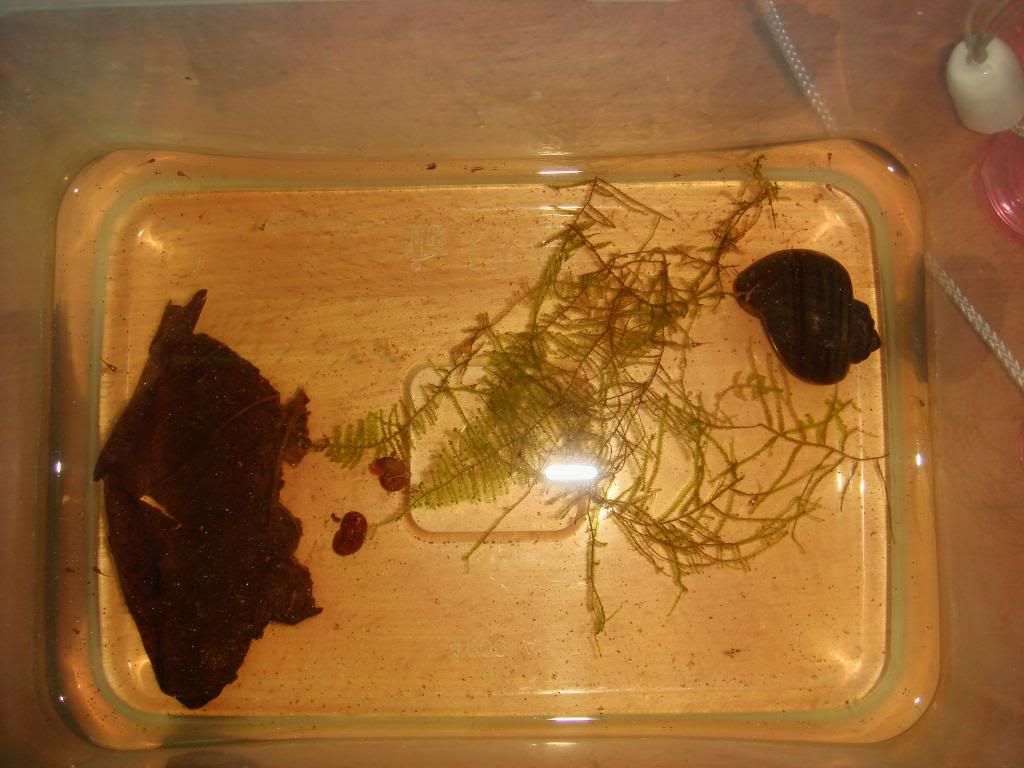
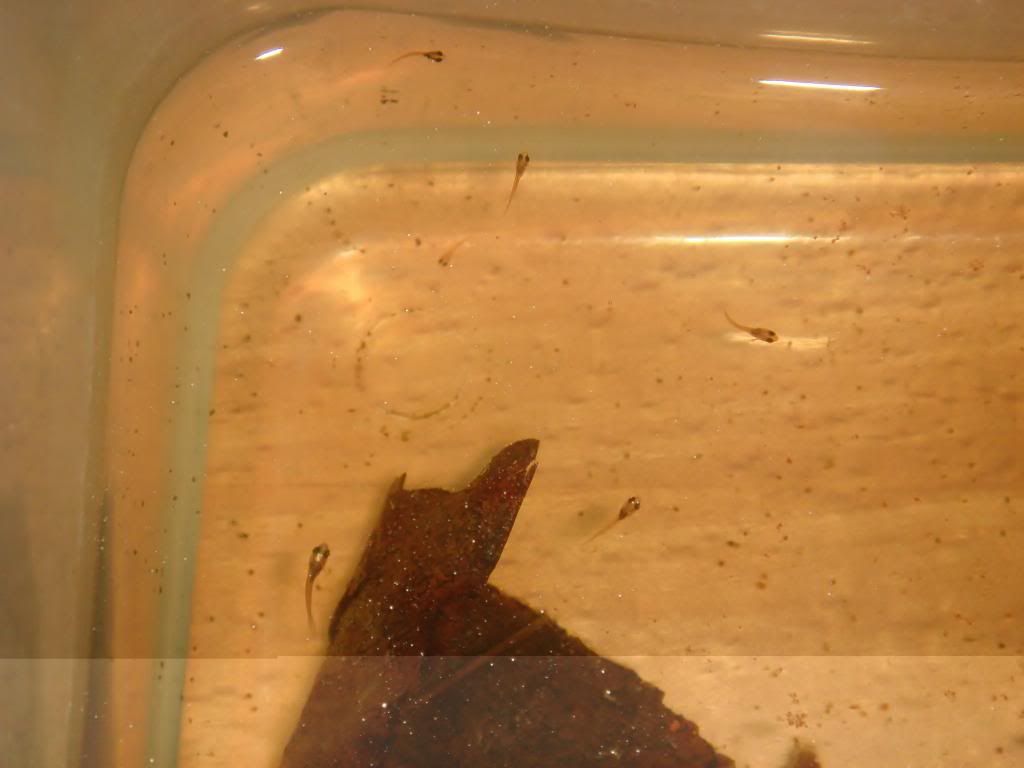
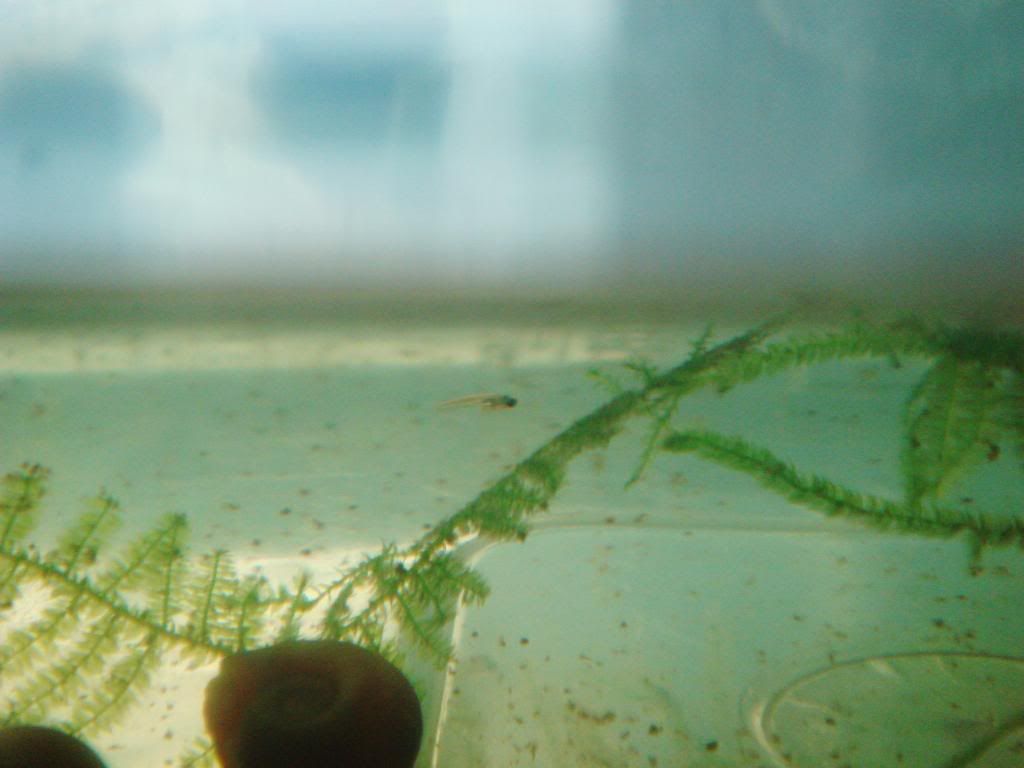
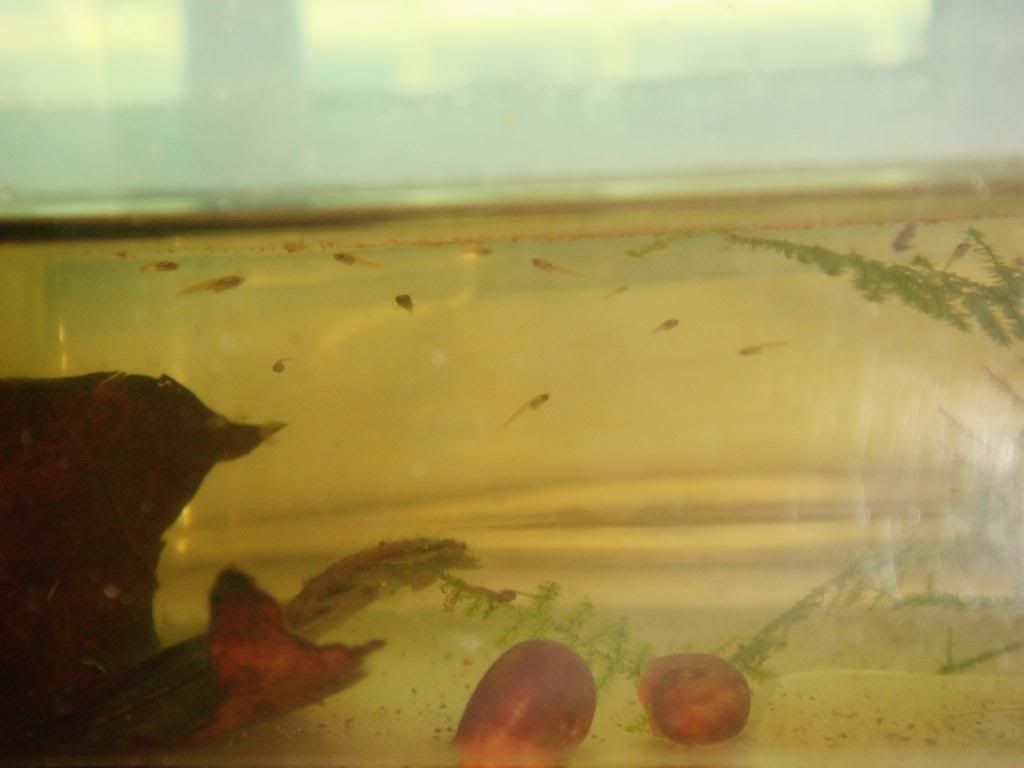
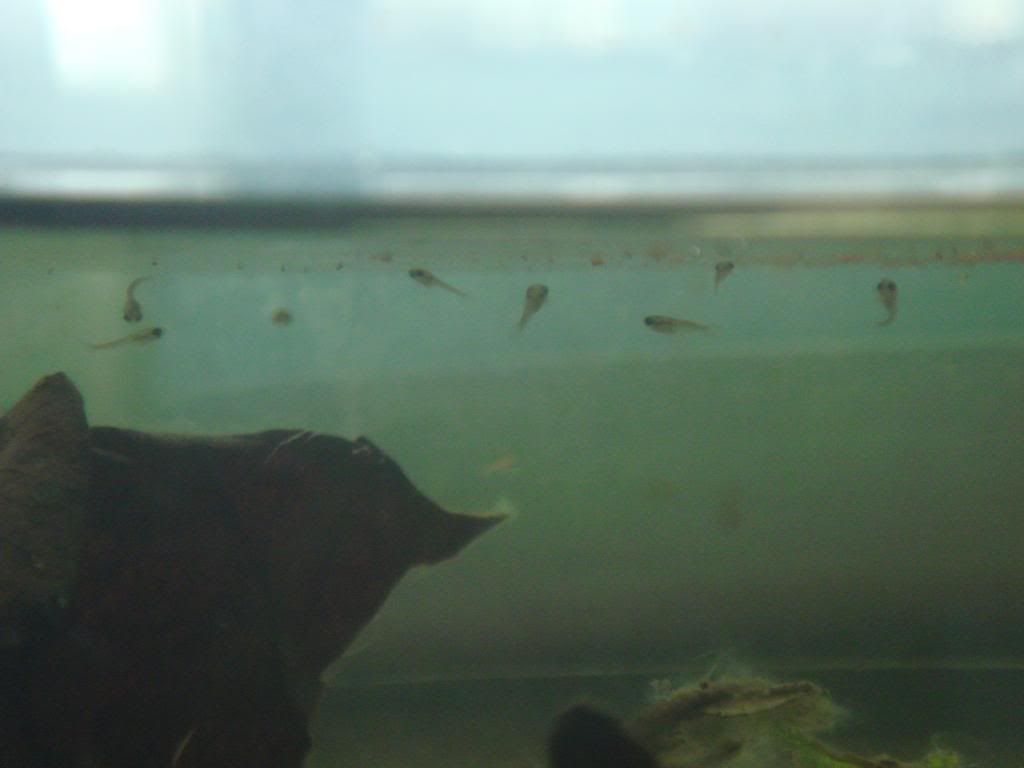
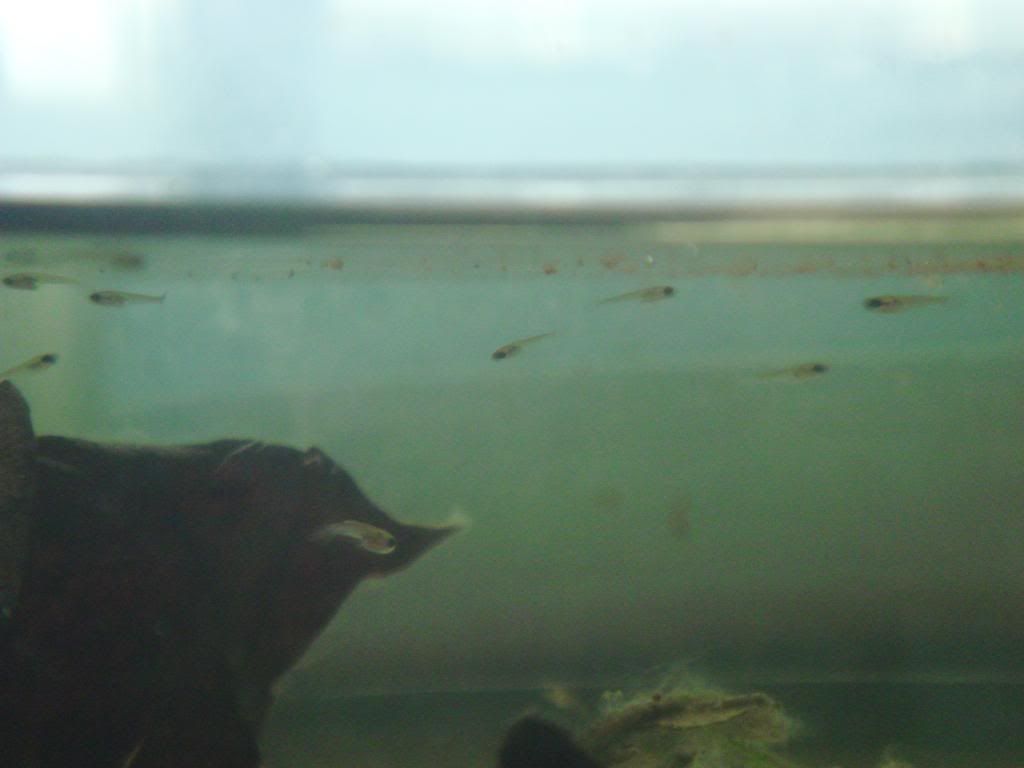
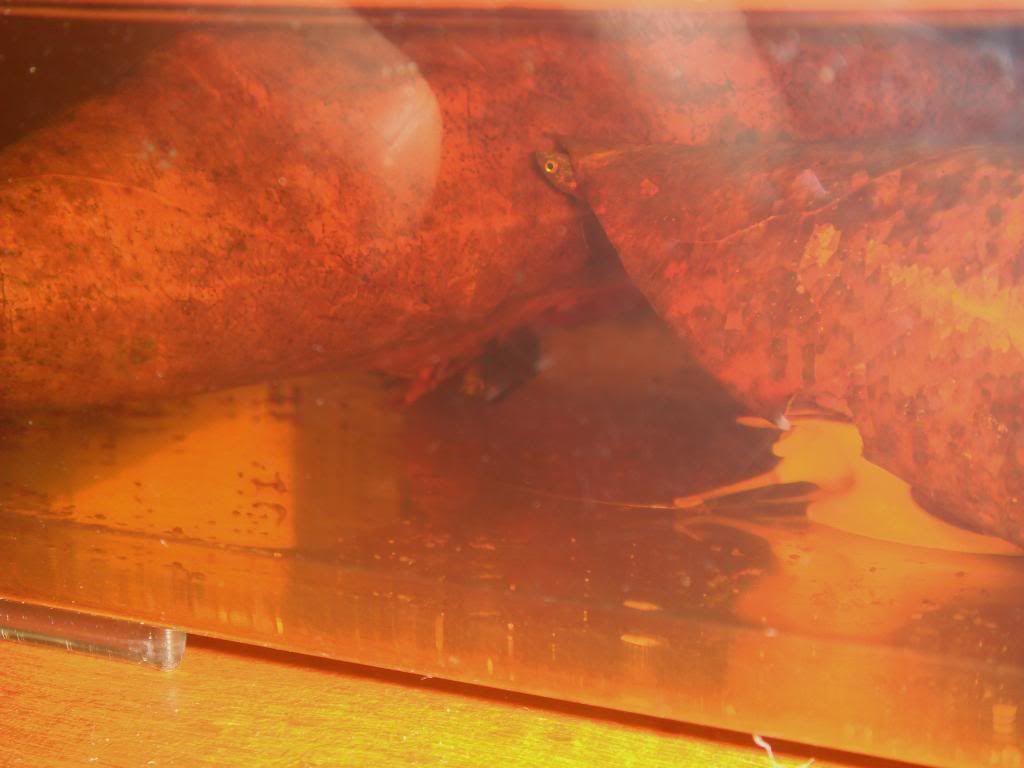

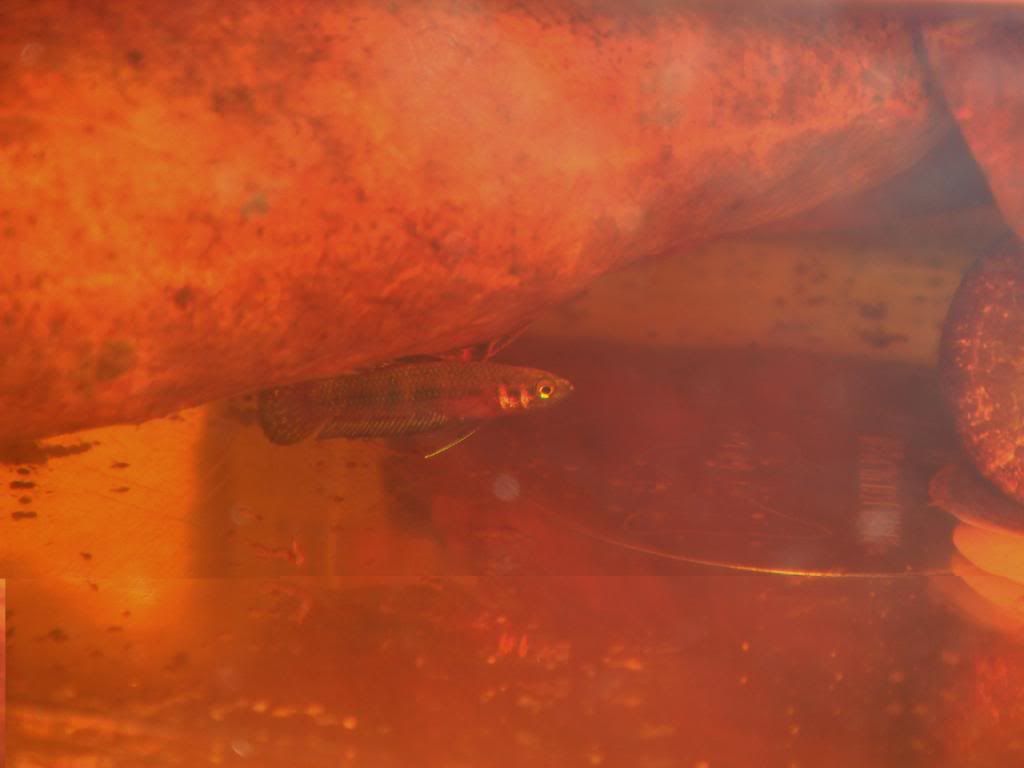


Bookmarks